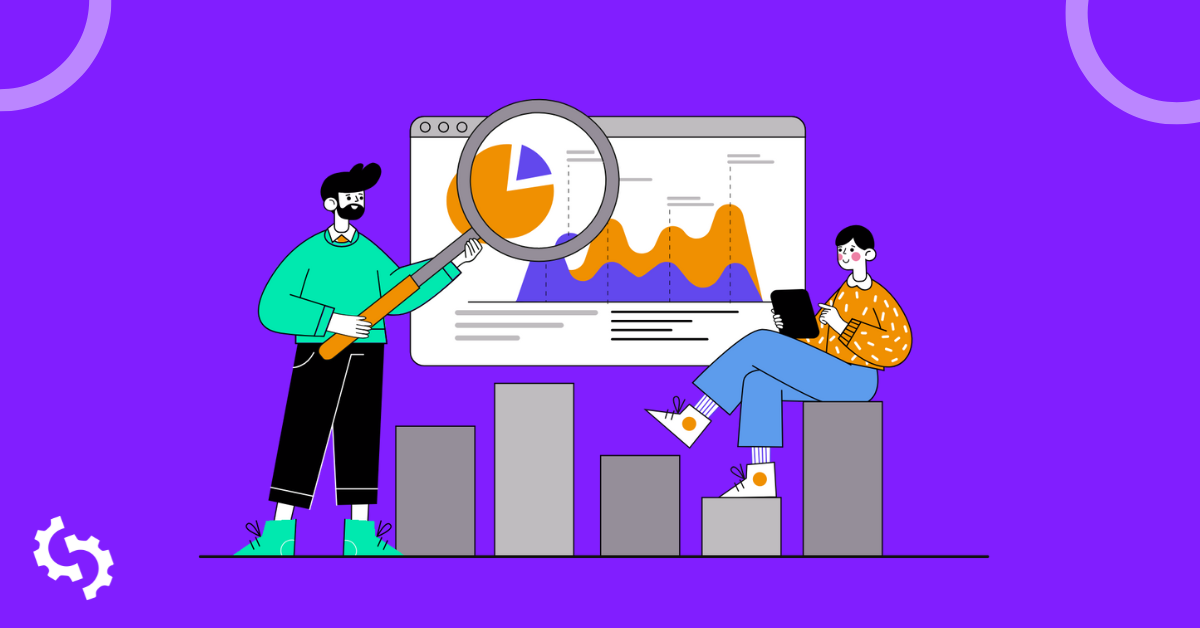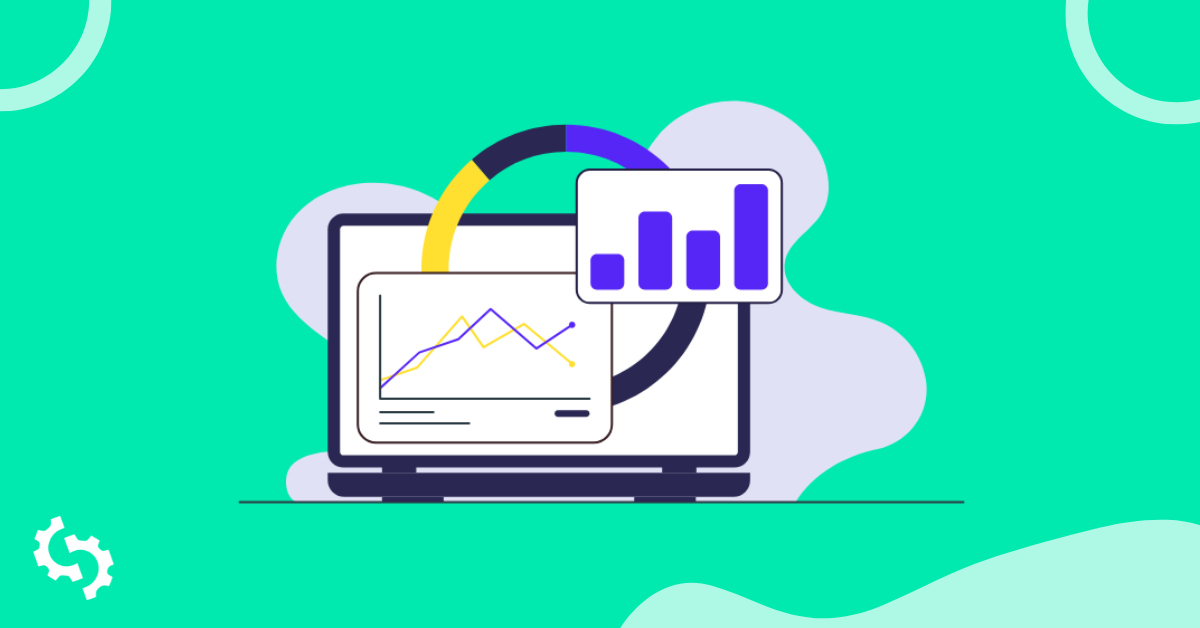
Tracking the right agency metrics is essential for driving growth and success in any marketing agency. For agency founders and management, understanding and improving agency KPIs can mean the difference between stagnation and exponential growth.
As agency founders and management teams seek to improve performance, boost client satisfaction, and increase profitability, tracking key agency metrics and KPIs can provide critical insights into how the business is performing.
In this blog post, we're going to be sharing more than 10 important agency metrics and KPIs that you should be tracking to understand how your agency is performing and to get an idea on the areas you need to fix to improve profitability.
What are Agency Metrics?
Agency metrics are measurable data points that reflect various aspects of a marketing agency's performance. These metrics provide insight into how well an agency is functioning in different areas, such as client acquisition, campaign performance, financial health, and internal productivity.
These marketing agency KPIs can be marketing-related, financial, or operational, depending on what aspect of the agency is being measured.
Why Track Agency Metrics?
Tracking agency metrics is essential for any marketing agency that wants to grow and stay competitive.
These metrics offer a clear view of what’s working and what isn’t, helping agency founders and management make data-driven decisions.
If you can’t measure it you can’t improve it.
- Peter Drucker
By monitoring key metrics and KPIs, agencies can identify areas of improvement, optimize campaign performance, and ultimately deliver better results for their clients.
Additionally, tracking agency metrics allows you to measure profitability, forecast revenue, and improve internal productivity, giving you the insights needed to scale your business effectively.
Without tracking these vital data points, agencies risk losing focus, missing opportunities, and falling behind competitors.
Now that you know why you should track agency metrics, let's take a closer look at the different metrics and KPIs you should be tracking within your agency.
Top Agency Metrics & KPIs You Should Track
Leads Generated
One of the most important agency metrics to track is the number of leads generated.
Lead generation is the lifeblood of any agency, as new leads represent potential clients and future business opportunities. Without a consistent flow of leads, an agency will struggle to grow and sustain itself over time.
When it comes to generating leads, inbound marketing is often a more effective tactic than outbound marketing.
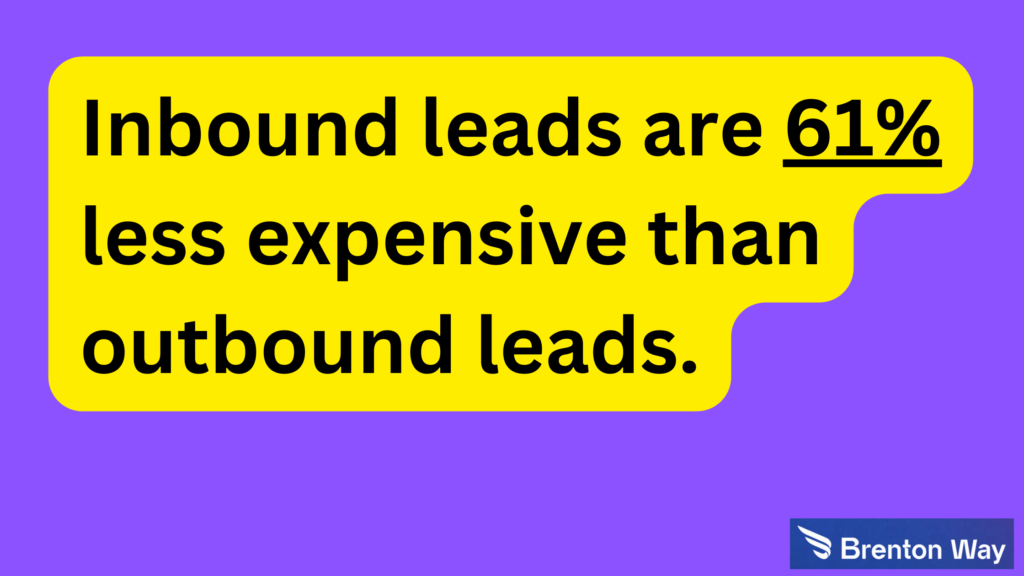
In fact, according to WebFX, content marketing costs 62% less than traditional outbound marketing methods, but doubles website conversion rates.
Unlike outbound marketing, which involves interrupting potential clients through cold calls, emails, or ads, inbound marketing focuses on attracting prospects by providing valuable content and solutions to their problems.
This approach creates a more natural connection with potential clients, positioning the agency as an authority and building trust from the outset.
New clients that come from referrals advance through the sales process faster, have more forgiving negotiations and healthier margins, and tend towards greater loyalty.
- Scott Edinger, Edinger Consulting
Agencies can implement inbound marketing in several ways:
- Content marketing
- SEO (Search Engine Optimization)
- Email marketing
- Webinars and online events
Another great way to generate leads directly from your website is by using our Embeddable Audit Tool.
With just a simple code embed, you can start generating high-quality SEO leads right away.
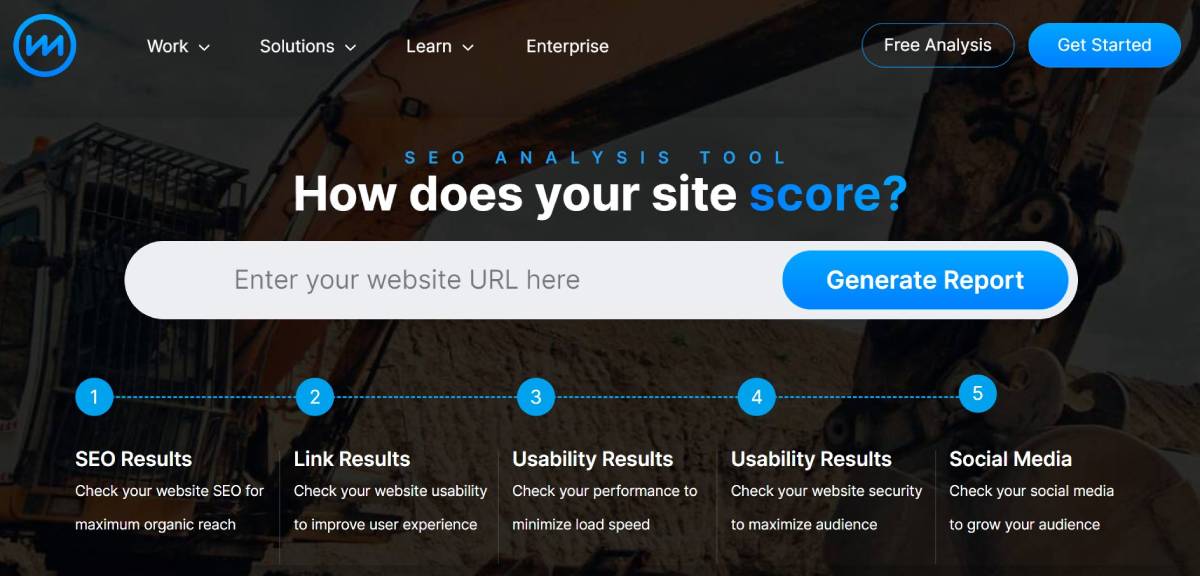
Whenever a visitor submits their information through the audit tool on your website, you'll be notified instantly, and they’ll receive a free SEO audit. It’s a seamless way to attract potential clients who are actively interested in improving their SEO.
You can track the number of leads generated through the tool in your SEOptimer dashboard, giving you real-time insights into your lead generation efforts.
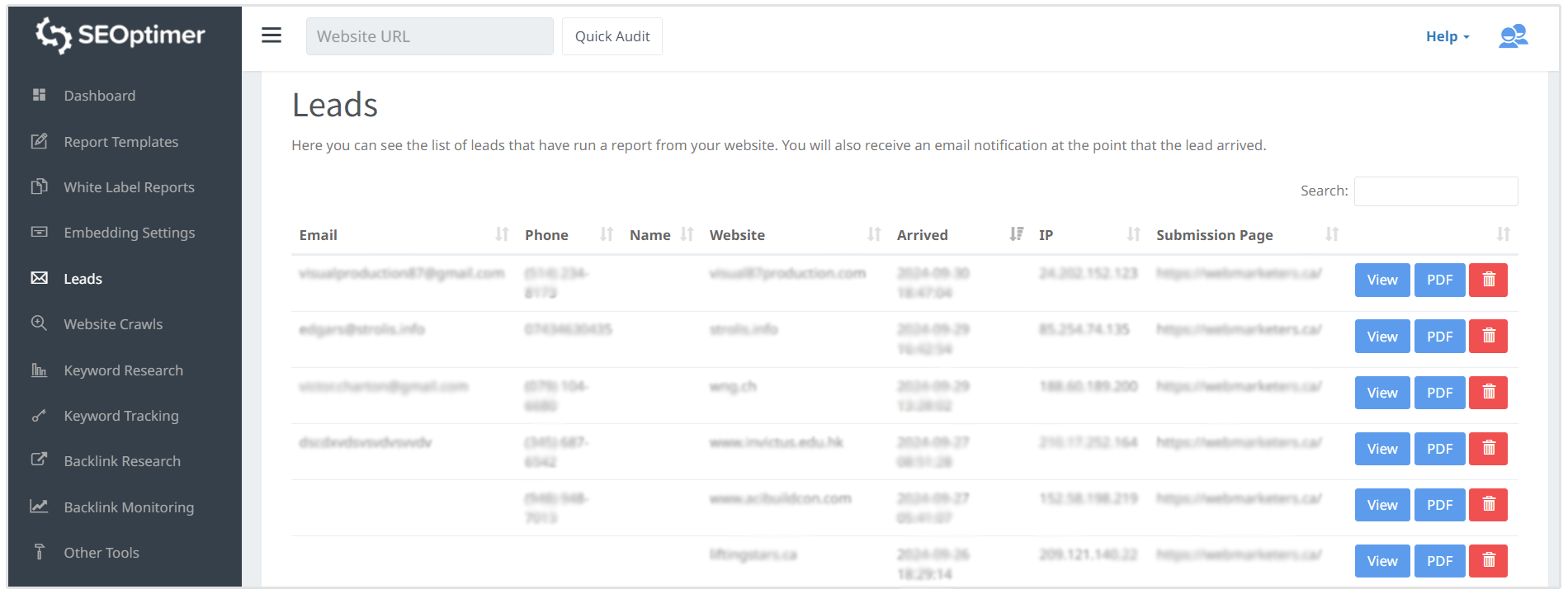
Plus, we offer integration with popular CRMs and sales pipelines using our Zapier integration, making it easier than ever to manage and follow up on those leads.
Easy to embed, easy to use and comprehensive in the information it provides.
- Jeramiah Martin, Sales Director at CSC Global
Customer Acquisition Cost
Customer Acquisition Cost (CAC) is an agency metric that measures the total cost of acquiring a new client. It helps agencies understand how much they are spending to bring in new business, which directly impacts profitability.
By tracking CAC, agencies can evaluate the efficiency of their marketing and sales efforts and determine if they are getting a good return on investment (ROI) for their lead generation activities.
Calculating your CAC is similar to checking the pulse of your business. Measuring how much your business is spending to acquire customers can determine the vital next steps for your company.
- Sam Kellett, Head of Content at Bloomreach
To calculate CAC, you divide the total costs associated with acquiring new clients by the number of clients acquired during a specific period.
For example, if you spend $10,000 on marketing and sales in a month and acquire 5 new clients, your CAC would be $2,000.
Tracking this metric allows you to see how effectively your agency is using resources to attract new clients and helps you identify areas where you can reduce costs or optimize your marketing strategies.
Agencies can improve their Customer Acquisition Cost (CAC) by optimizing their marketing and sales efforts to be more efficient and cost-effective.
Here are some strategies to help reduce CAC:
- Focus on Inbound Marketing: Use content, SEO, and social media to attract leads at a lower cost.
- Optimize Your Sales Funnel: Streamline processes to convert leads faster.
- Leverage Marketing Automation: Automate lead nurturing to save time and money.
- Retargeting Campaigns: Target prospects who’ve already interacted with your content for easier conversions.
- Improve Lead Quality: Refine your target audience to attract better-qualified leads.
- Referral Programs: Get low-cost referrals from satisfied clients.
- Monitor Paid Campaigns: Regularly adjust ads to reduce costs and boost conversions.
Proposals Sent
The Proposals Sent metric tracks the number of proposals your agency sends to potential clients.
It’s a key indicator of how active your sales process is and how many opportunities are being pursued.
Tracking this metric is important because it helps agencies assess the effectiveness of their sales efforts and provides insight into the conversion rate from proposals to signed contracts.
A higher number of proposals often indicates a healthy pipeline, but tracking how many of these proposals convert into clients is crucial for evaluating overall success.
In addition, the more marketing proposals you send out the higher you closing rate will be.
Closing Rate
The Closing Rate is arguably the most important marketing and sales metric for an agency, as it directly reflects the effectiveness of your sales process. It measures the percentage of proposals that result in signed contracts, giving you insight into how well your team converts leads into clients.
To calculate the Closing Rate, use the following formula:
Closing Rate = (Number of Deals Closed / Total Proposals Sent) × 100
For example, if you sent out 15 proposals in a month and closed 5 deals, your closing rate would be:
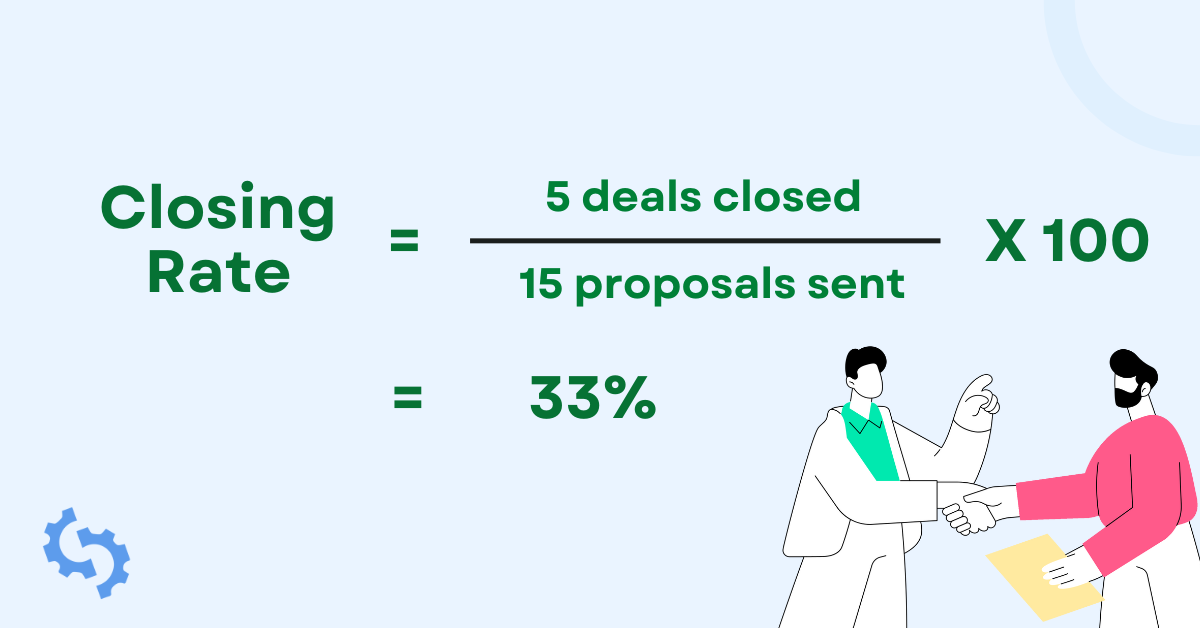
Tracking your Closing Rate allows you to assess your sales team's performance and identify areas for improvement, ultimately leading to increased revenue and growth for your agency.
Need help turning SEO prospects into paying customers? Check out our detailed blog on how to create winning SEO sales pitches for your agency.
Churn Rate
The Churn Rate is a vital agency metric that measures the percentage of clients that stop using your services over a specific period.
This metric is important to track because a high churn rate can indicate dissatisfaction among clients, inefficiencies in service delivery, or increased competition in your city or niche.
Understanding your churn rate helps agencies identify areas for improvement, enhance client retention strategies, and ultimately drive revenue growth.
So then, what's a good Churn Rate? Well, there's not really a "good" Churn Rate, and ideally, you should try to bring this agency metric as far down as possible.
But the truth is you're going to lose clients, that's just the nature of the agency business model.
I think the right question to ask is, "What is an acceptable Churn Rate?"
The answer varies but a key driver is whether your agency focuses on retainer or project-based work.
- Karl Sakas, President & Agency Consultant at Sakas and Company
Karl notes that if you’re at a retainer-oriented agency, you should be concerned if client turnover was higher than 20%. And a project-based agency, can have a client turnover that's closer to 30-50% annually.
To calculate the Churn Rate, you have to divide the number of clients that you lost within a period by the total number of clients you had at the start of the same period. And then multiply that by 100 to get a percentage.
For example, if you started with 10 clients and lost 3 clients during the month of February, your churn rate would be 30%.
Revenue Growth
Revenue Growth measures the increase (or decrease) in an agency's income over a specific period, typically expressed as a percentage.
This metric indicates how well the agency is expanding its business and generating additional revenue, reflecting the overall health and performance of the organization.
Tracking Revenue Growth is essential for two main reasons:
- Key Performance Indicator: It serves as a key indicator of an agency's success in acquiring new clients and retaining existing ones.
- Strategic Planning: Understanding revenue growth helps agency leaders make informed decisions about resource allocation, investment opportunities, and future strategies.
Net Profit Margin
The Net Profit Margin is one of the most important financial metrics for an agency, as it measures the percentage of revenue that remains as profit after all expenses have been deducted.
This metric is crucial because it directly reflects the agency's overall profitability and operational efficiency.
A healthy net profit margin indicates that an agency is effectively managing its costs while generating income, which is essential for long-term sustainability and growth.
So what's a healthy net profit marging for an agency? Well, according to dashClicks, the global average profit margin for agencies is about 20%.
Jason Andrew, Director at SBO Financial, believes in the rule of thirds when it comes to agency margins.
So for every 1 unit of revenue you have, 1/3 should be your direct wages cost, 1/3 should be your overheads, and 1/3 should be your profit.
We work with a lot of digital agencies and can safely say that some of them are overachieving on this 30 per cent margin, while others are falling below.
- Jason Andrew, Director at SBO Financial
The Net Profit Margin is calculated by subtracting all expenses (including operating costs, taxes, interest, etc.) from the total revenue, then dividing that by the total revenue. And then multiply that figure by 100 to get a percentage.
So, if your agency has a total revenue of $200,000 and total expenses of $150,000, the net profit margin would be 25%.
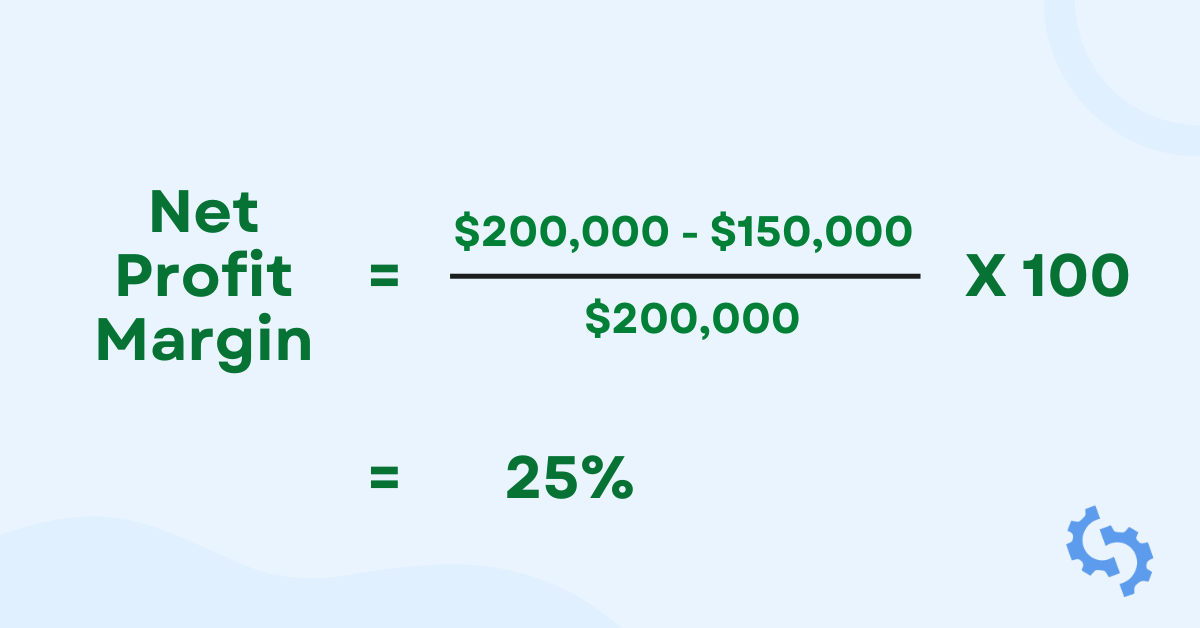
Now there are several ways to improve your agency's Net Profit Margin, some of the most effective strategies include:
- Reduce Operating Costs: Identify areas where expenses can be cut without sacrificing quality, such as renegotiating contracts with vendors or streamlining processes.
- Increase Prices Strategically: Assess the market and consider raising prices for services if justified by value, especially for high-demand offerings.
- Enhance Service Offerings: Upsell or cross-sell additional services to existing clients, which can increase revenue without significantly raising costs.
- Improve Client Retention: Acquiring new clients can be more costly than maintaining existing relationships. In addition to that, happy clients lead to repeat business and referrals.
Customer Lifetime Value
Customer Lifetime Value (CLV) is a key metric that estimates the total revenue your agency can expect from a single customer throughout their entire relationship with your business.
This metric helps agencies understand the long-term value of acquiring and retaining clients, enabling them to make informed decisions about marketing, sales strategies, and customer retention efforts.
There are various methods to calculate CLV, but a simple formula is:
CLV= Average Purchase Value × Average Purchase Frequency × Customer Lifespan
Why track Customer Lifetime Value?
- Informs Marketing Strategies: Understanding CLV helps agencies allocate their marketing budget effectively, focusing on high-value clients and optimizing acquisition strategies.
- Enhances Customer Retention: By knowing the long-term value of customers, agencies can invest in better retention strategies, leading to improved client satisfaction and loyalty.
- Supports Pricing Decisions: CLV provides insights into how much you can afford to spend on acquiring new customers while maintaining profitability.
- Forecasts Revenue: By analyzing CLV, agencies can predict future revenue streams and make informed financial projections.
Agency Employee Utilization Rate
The Agency Employee Utilization Rate measures the percentage of an employee's available working hours that are spent on billable tasks.
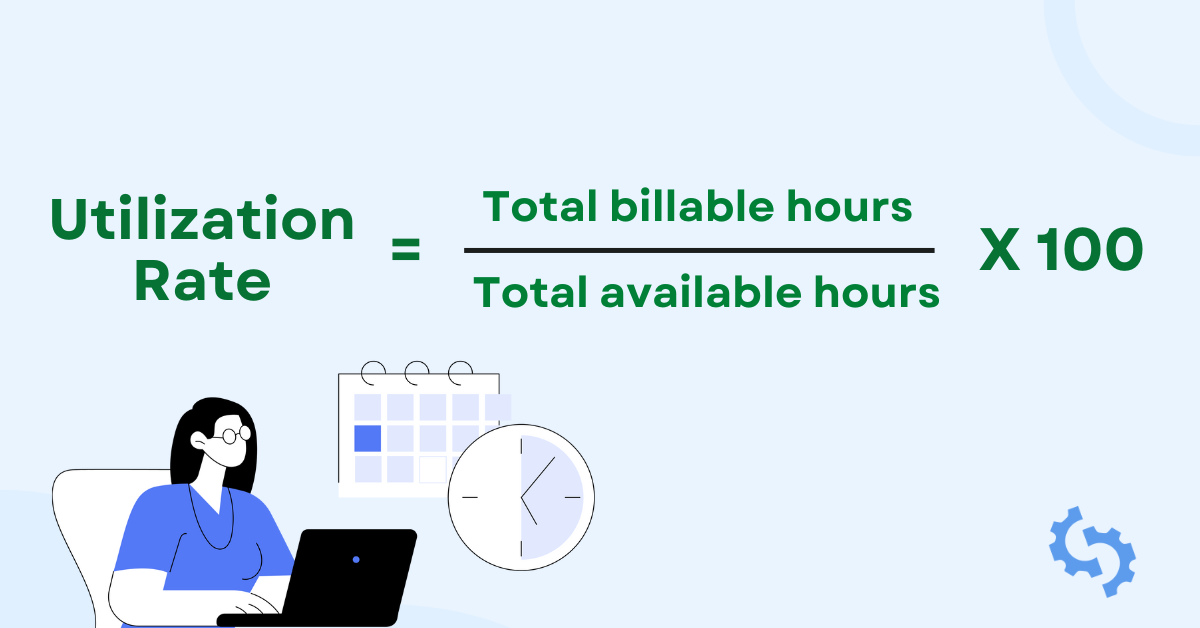
It indicates how effectively an agency is utilizing its workforce and directly impacts profitability.
A higher utilization rate suggests that employees are spending more time on productive, billable work, which can lead to increased revenue for the agency.
A high utilization rate typically correlates with higher profitability, as more billable hours mean more revenue generated from clients.
Employee Turnover Rate
The Employee Turnover Rate measures the percentage of employees who leave an agency during a specific period, typically calculated annually.
This includes employees who resign, retire, or are terminated.
A high turnover rate can indicate underlying issues within the organization, such as employee dissatisfaction, poor management practices, or a lack of career growth opportunities.
High turnover can be costly for agencies due to recruitment, training, and lost productivity. By monitoring turnover rates, agencies can better manage these costs and implement strategies to retain talent.
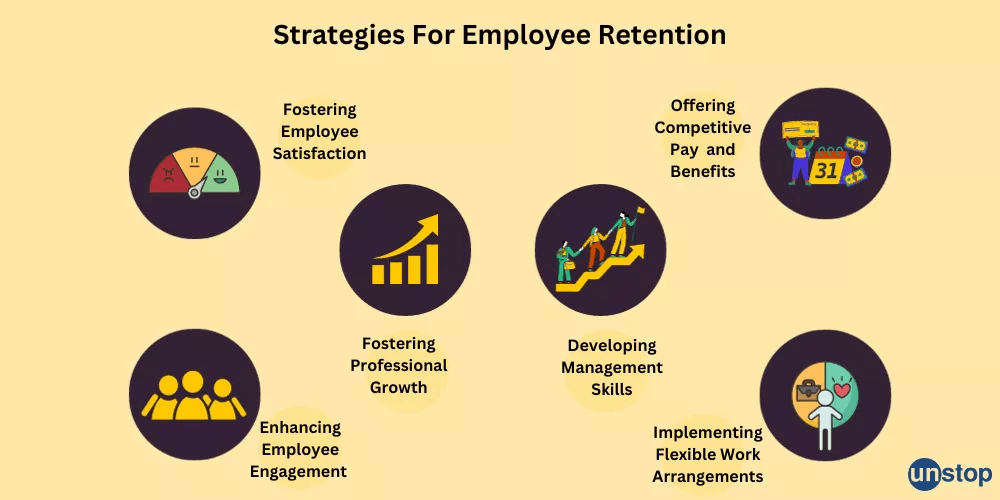
Conclusion
Keeping a close eye on your agency metrics is important if you want to drive sustained growth and make informed decisions about your organisation.
By tracking the agency metrics and KPIs we've listed, founders and management can get some really valuable insights that can guide their agency’s strategy and improve overall performance.
Which agency metrics are you tracking within your business? Tweet to use @seoptimer.






